The rooms double as detachable flying pods.



Power consumption is one of the biggest reasons why you haven’t seen a brain-like computer beyond the lab: the artificial synapses you’d need tend to draw much more power than the real thing. Thankfully, realistic energy use is no longer an unattainable dream. Researchers have built nanowire synapses that consume just 1.23 femtojoules of power — for reference, a real neuron uses 10 femtojoules. They achieve that extremely low demand by using a wrap of two organic materials to release and trap ions, much like real nerve fibers.
There’s a lot of work to be done before this is practical. The scientists want to shrink their nanowires down from 200 nanometers thick to a few dozen, and they’d need new 3D printing techniques to create structures that more closely imitate real brains. Nonetheless, the concept of computers with brain-level complexity is that much more realistic — the team tells Scientific American that it could see applications in everything from smarter robots and self-driving cars through to advanced medical diagnosis.
The Mill’s Blackbird can be morphed to look like any vehicle.
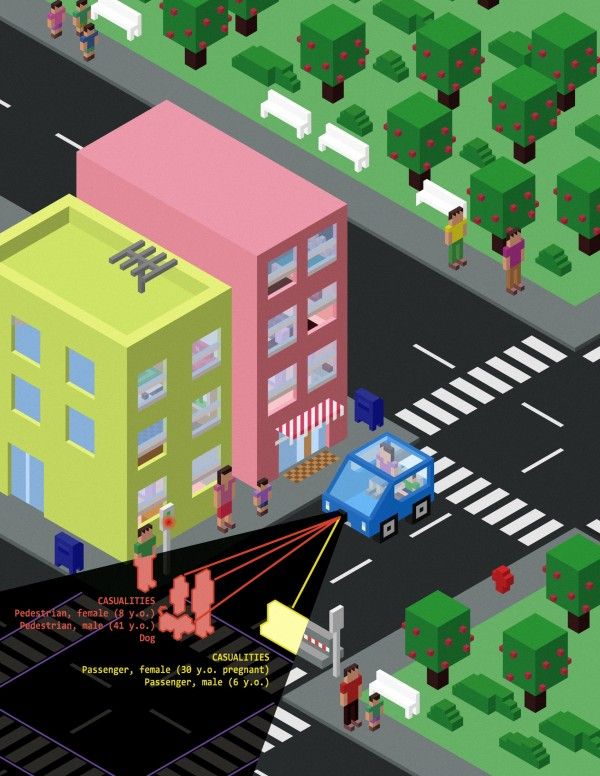
I am glad folks are listening. To get buy in for driverless autos will require proof and campaign showing the safety features of a driverless car over non-driverless. Along with this, auto makers will/ MUST prove that these cars cannot be breeched and controlled by hackers. Until we have safety proven and presented to the public like Volvo did in the late 80s; self driving cars will not be adopted broadly; it will be limited to metro cities in the US.
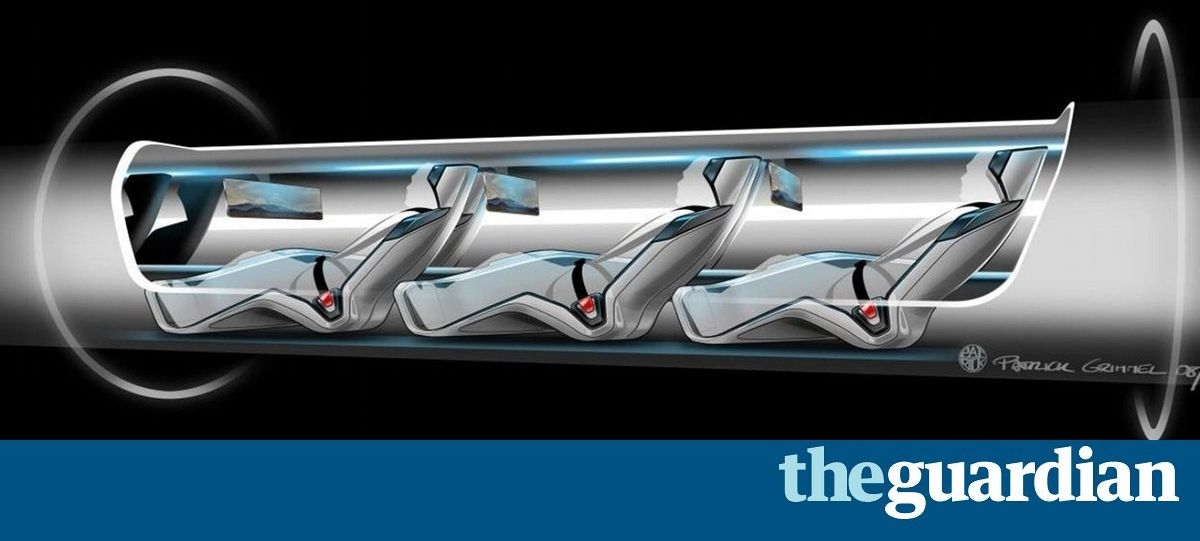
Moscow has signed an agreement with Los Angeles-based company Hyperloop One to explore building a futuristic, high-speed transportation system known as a Hyperloop in the Russian capital.
A Hyperloop involves using magnets to levitate pods inside an airless tube, creating conditions in which the floating pods can shuttle people and cargo at speeds of up to 750 mph (1,200 kph).
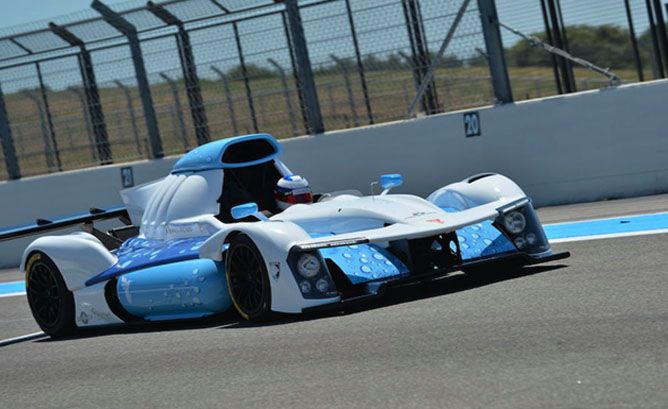
Ford’s GT claimed first place in its class at the 24 Hours of Le Mans on the 50th anniversary of the first of its four outright victories in the 1960s, and Porsche’s 919 Hybrid snatched a second consecutive Le Mans victory.
The unheralded news of this year’s Le Mans race, however, is a hydrogen fuel cell race car completed laps on the Le Mans circuit for the first time in history.
The pioneering car was a Green GT H2, driven around the French track by former Formula 1 driver Olivier Panis during a break in qualifying, and again before the race started.
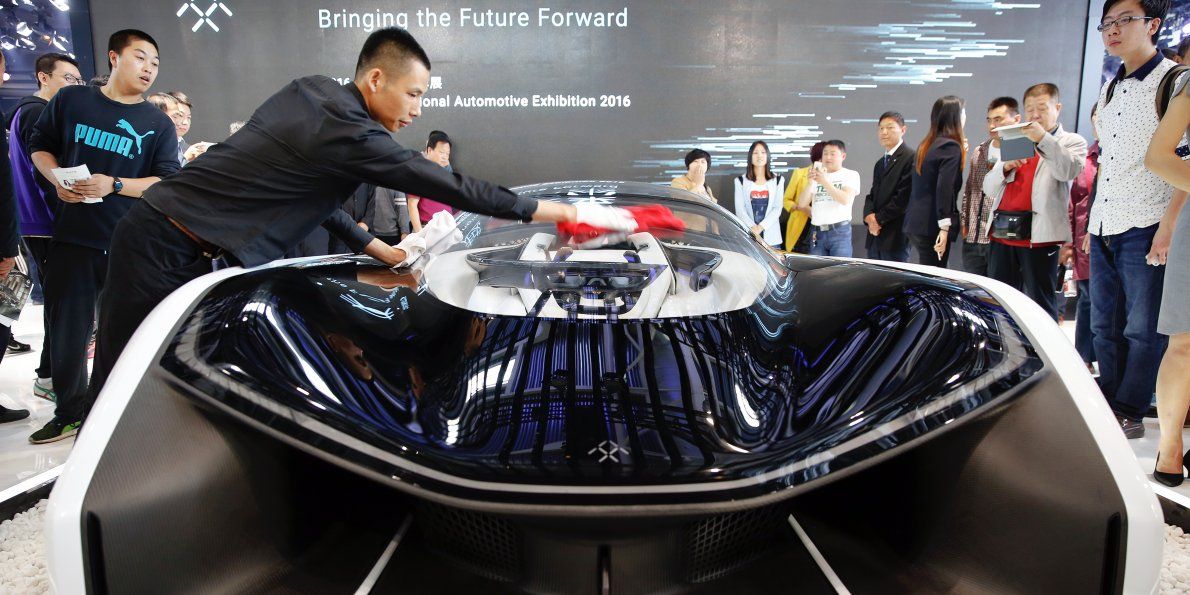
DETROIT (Reuters) — Faraday Future plans to begin testing prototype self-driving electric vehicles on California roads later this year after winning approval from the state, an industry source said on Tuesday.
The China-backed, Los Angeles-based startup plans to begin building and selling electric vehicles next year in the United States, but has not disclosed details of its self-driving program.
A spokesperson from the California Department of Motor Vehicles on Tuesday confirmed that Faraday had been approved to test self-driving vehicles on public roads on June 17.
Click on photo to start video.
This detachable plane cabin could save many lives.
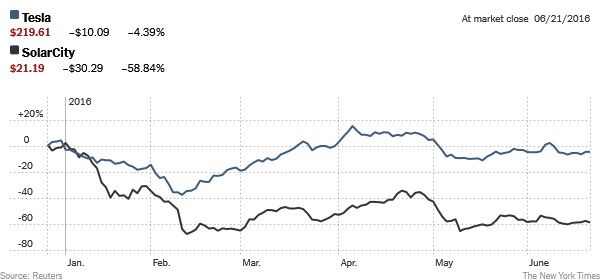
” … Tesla Motors said on Tuesday that it had offered to buy SolarCity in an all-stock deal, one that could value the latter at as much as $2.8 billion. The aim, Mr. Musk argues, is to create a renewable-energy giant, collecting clean electricity and putting it to work propelling cars.”
This electric car can go from 0–60 in two seconds.